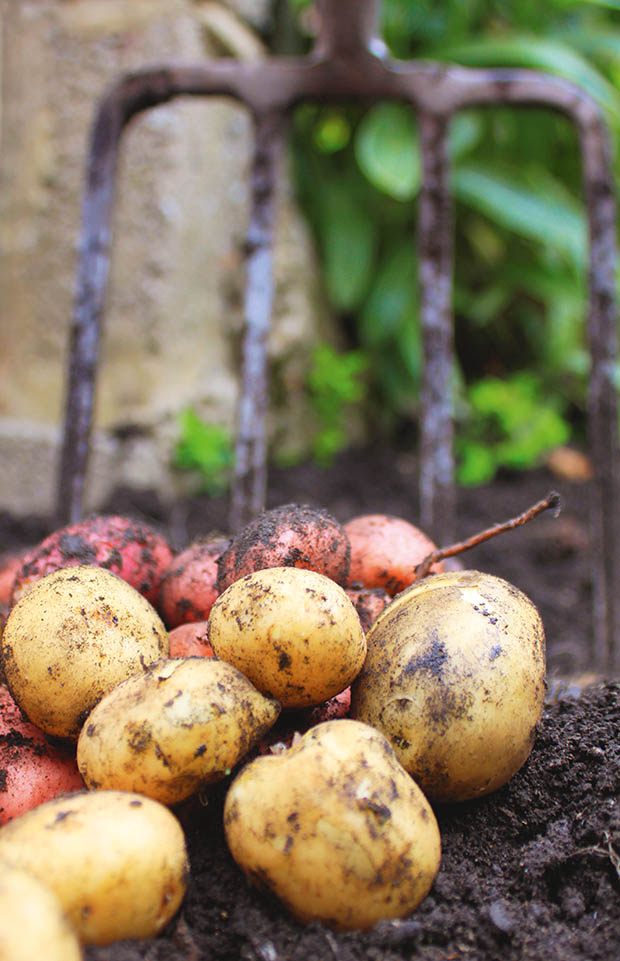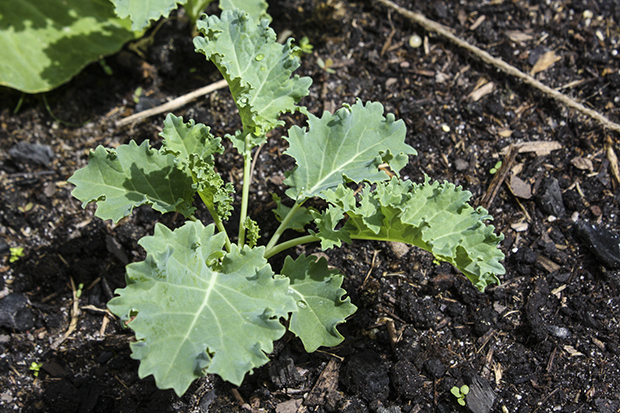Seedlings and sowing: Your April gardening roster

It’s time to sow new crops and encourage the last of the old ones.
Words: Jane Wrigglesworth
1. Sow Asian greens (mizuna, mibuna, giant red mustard), beetroot (in milder areas), broad beans, carrots, Chinese cabbages, kohlrabi, lettuces, peas, radishes, spring onions, swedes, and turnips directly into the ground.
2. Plant seedlings of broccoli, Brussels sprouts (in cooler regions), cabbages, cauliflower, kale, leeks, silverbeet, and spinach.
3. Make an all-purpose insecticide from homegrown plants. Place equal quantities of chopped mint, onion, garlic, and lavender flowers and stems in a bucket of water. Leave for 24 hours, strain, then spray on plants.
4. Plant a green manure crop where you grew this year’s potato crop. Green manure crops grow over winter and are then dug in to return nutrients to the soil. Mustard is ideal following potatoes – it’s fast-growing and can be cut down in July or August. This gives it time to decompose (5-6 weeks), enriching the soil before spring planting begins. Mustard is a brassica, so avoid following it with other brassicas.
Other good options include alfalfa, clover, and lupins. Green manures like these add large quantities of nitrogen and organic matter to soil when cut down and dug in before they flower – ideally, dig them in when stems and leaves are still young, soft, and green.

5. Sow kale directly into fertile, well-drained soil. Kale doesn’t like acidity, so add lime before planting if necessary. The more compost or aged manure you incorporate into the soil, the better. The less fertile, the more bitter-tasting the leaves.
6. Dig up remaining potatoes. If there’s any hint of disease in the soil, throw the foliage away – don’t add it to your compost. Bring the potatoes to the surface and leave exposed for a few hours – not overnight or slugs and snails will get them. Be careful not to bruise potatoes when harvesting as this encourages rot to develop. Store in thick paper or hessian sacks in a cool spot.
7. Encourage the last of your tomatoes and capsicums to ripen by covering the soil under and around them with a dark-coloured plastic mulch on a warm, sunny day.
Love this story? Subscribe now!
 This article first appeared in NZ Lifestyle Block Magazine.
This article first appeared in NZ Lifestyle Block Magazine.
